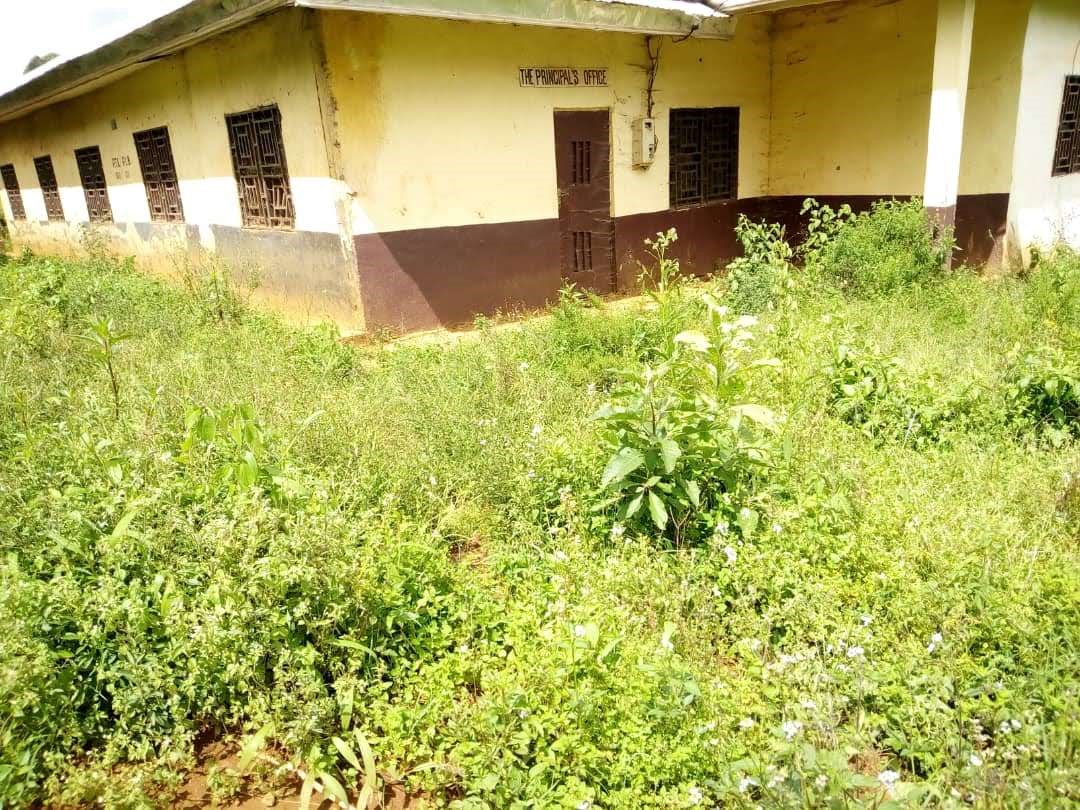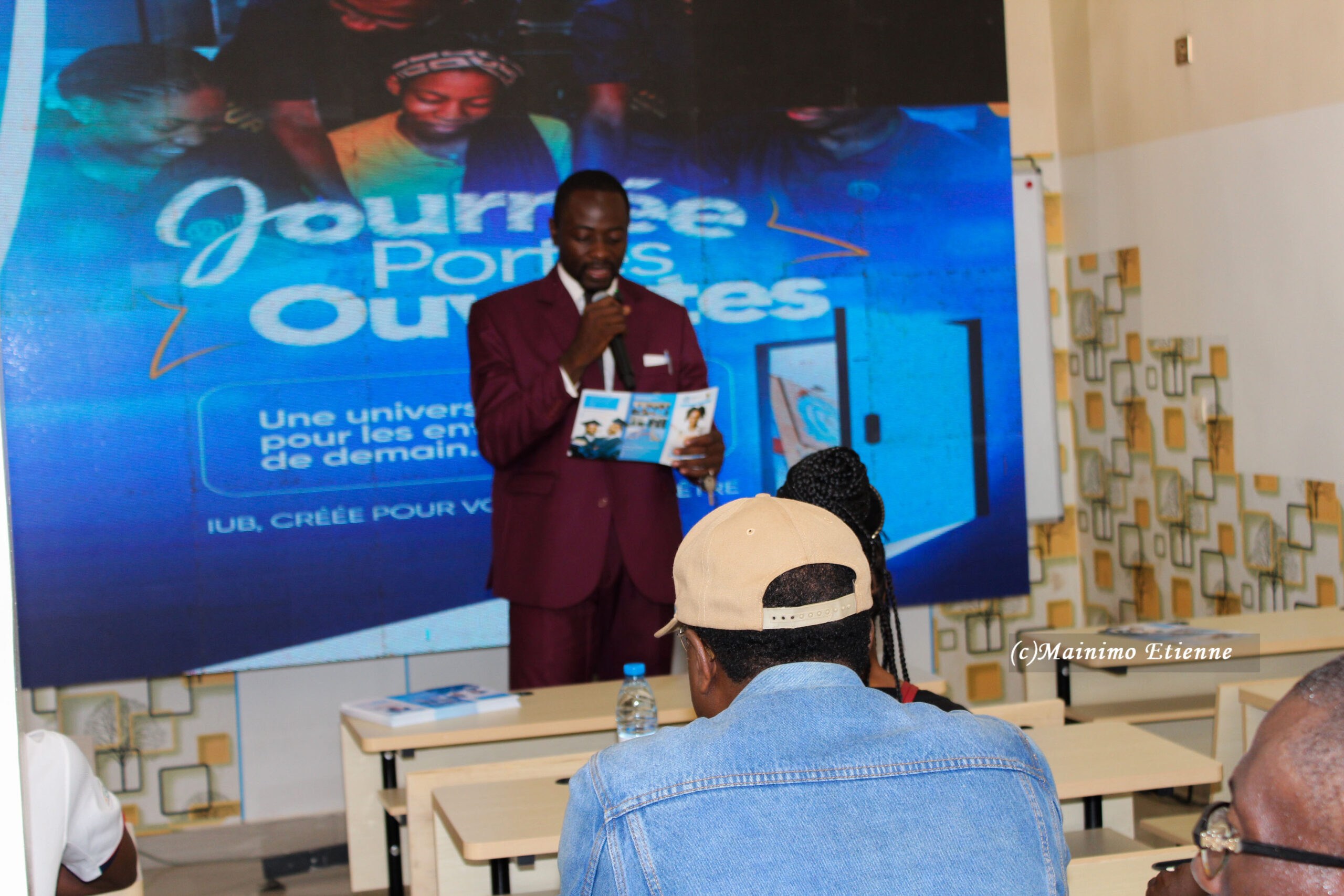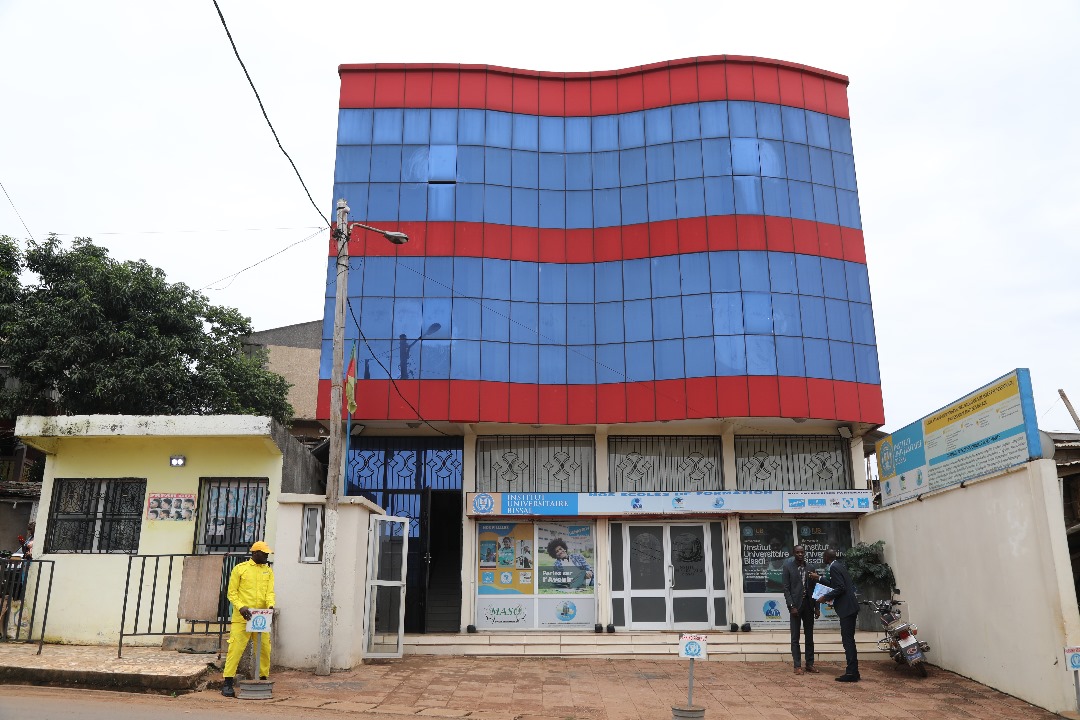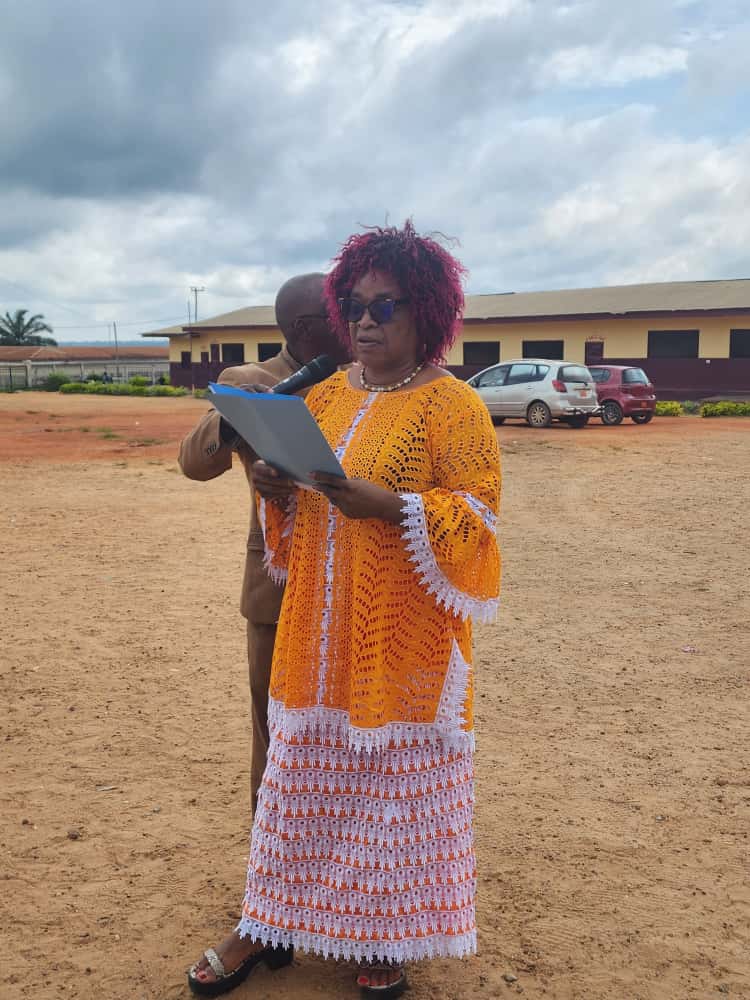By Etienne Mainimo Mengnjo
In the rural heart of Bui Division, Northwest Region, a school building that was once filled with the noise of students, stands as a skeletal monument to a lost decade. For almost nine years, since the Anglophone crisis ignited in 2016, this building has doubled as a separatist fighters’ lair instead of a hub for learning.

Its paint peels from the walls, doors hang broken from their hinges, and the silence inside is broken only by the wind whistling through shattered windows and doors. Student benches, once symbols of promise, lie in splinters—some repurposed as kindling for the fighters’ fires.
The overgrown grass invades the school campus, swallowing among other things the football field and the computer and science labs—purchased through the collective sacrifice of parents—lie in ruins. This scene is not an anomaly but a devastating norm across rural communities in Cameroon’s Northwest and Southwest regions, where a bloody conflict between separatist groups and government forces has weaponized education.
Nearby, 11-year-old Emmanuel (not his real name) trails his mother to the farm, pausing to stare at the forsaken structure. He should have been preparing to go to secondary school everything being equal, but his classroom is now farm. “Mama, when will school start again?” he pleads, his eyes wide with unfulfilled curiosity.
Marie, his mother, with a look of profound loss, sighs deeply, her gaze lingering on the ruins as memories flood her mind. “Only God can say, my son, but hold on,” she murmurs, her voice a mix of resignation and faint hope. “Don’t worry.”
Emmanuel represents thousands of children in rural communities in Bui Division and othe areas trapped in a cycle of farm, vocational chores and homebound routines. Many of them can’t even remember a full school year. The crisis, fueled by calls for independence in Cameroon’s English-speaking Northwest and Southwest regions, has shuttered schools, turning young lives upside down especially in these rural communities.
For many, like Emmanuel, relocation to safer areas with open schools is impossible due to poverty and ongoing threats. “I keep waiting for school,” Emmanuel says in his local dialect. “Mama promises it’ll happen someday. I just pray the fighting stops.”
The Anglophone conflict has weaponized education, with separatists targeting institutions. Clashes between armed groups and security forces have left civilians vulnerable. A recent UNICEF alert from August 2025 reveals that nearly half of the schools in these regions—2,533 out of 5,517—remain non-functional as of March 2025. The Cameroon Education Cluster’s June 2025 report echoes this, estimating 865,029 children in the Northwest and Southwest in dire need of educational support.
For children like Emmanuel, the trauma is deep and multifaceted. Beyond the loss of education, many have been exposed to extreme violence. High rates of gender-based violence and child exploitation have been reported. As one local community leader noted, “For some of these children, seeing human blood has become a normal thing. That is the true tragedy—the normalization of atrocity.”
Human Rights Watch has documented ongoing atrocities, including attacks on schools that force families into hiding. Ghost towns have intensified chaos, derailing any semblance of normalcy. On the other hand, families navigate enforced “ghost towns”—separatist-mandated shutdowns that restrict movement and amplify isolation.
Following the kick off of the 2025-2026 Academic Year in the country this September, these enforced halts have stalled resumption efforts, instilling fear in parents, teachers, and students alike.
“Things aren’t as bad as before, but ghost towns shove us deeper into despair,” Paul, a Bui parent, shared via a phone call. “We’re cornered daily and at any time.”
In remote villages, community schools offer slim hope—if they operate at all. Ineffective teaching plagues these setups, with instructors scarce amid threats. Some urban children from rural areas, now in cities like Bamenda, grapple with similar perils even though a considerable number of children have gone back to school.
While school authorities refused to comment, Martha, a displaced teacher, recounts her nightmare: “Death threats forced me to flee. I lost my home, my savings—everything. City life is harsh; landlords prey on our desperation.” Yet, she persists for her child, navigating the hash times.
To many, the psychological toll is staggering. Parents teeter on desperation. “My kids haven’t schooled properly since this began,” Marie confides. “Community options fail, and real learning is absent. It’s improved slightly, but not enough.”
Educators decry the strategy: “Treating education as a battle tool is devastating,” says an education specialist. “It’s a child’s basic right—denying it dooms our future.”
Infrastructure bears the scars. The International Crisis Group notes that 1.8 million people in Anglophone regions require aid, with 250,000 children hit by school closures. Rebuilding estimates hover at hundreds of millions, far exceeding local capacities. A 45 percent non-functionality rate in schools as of March 2025, per recent statements, underscores the stagnation.
Government responses include rehabilitation and reconstruction programs as well as endorsing the Safe Schools Declaration, but progress seems to be slow especially as the crisis is still ongoing.
The Global Coalition to Protect Education from Attack rates Cameroon’s efforts as “limited.” International aid trickles in: UNICEF reached 100,000 out-of-school children through distance learning, yet gaps persist. The UN’s 2025 humanitarian appeal for Cameroon remains underfunded at around 30 percent, starving education initiatives.
Peace talks are far from being a reality. The International Crisis Group’s August 2025 briefing warns of election-related unrest amplifying tensions ahead of October’s presidential poll. For now, the crisis festers, stealing years from a generation.
However, Emmanuel dreams big: “I want to be a doctor.” But as he passes the silent school daily, that aspiration continue to fade out. In Bui Division and especially in rural communities, empty classrooms scream for resolution—from Yaoundé’s halls to global forums. Until action arrives, hope lingers in whispers, and futures hang in balance.
For teachers like Martha, survival means adaptation—perhaps informal tutoring amid urban strife. Parents rally, forming support groups to pressure for safe passages to schools. Yet, with 1.5 million children needing aid per UNICEF, the scale overwhelms.
As the 2025/2026 school Year unfolds, the academic year’s tentative start brings guarded optimism. In urban areas like Bamenda, Buea and Limbe among other parts of the anglophone regions, some schools defy odds, welcoming students. However, in rural communities in Bui as well as in other parts of the Anglophone Regions, silence reigns.
But with each passing day, the future of hundreds of thousands of children grows dimmer, their potential extinguished not by a lack of desire, but by a conflict that has stolen their classrooms and their childhood. However, Emmanuel’s question remains: When will learning return? The wind carries no answer, only the urgent call for peace.


